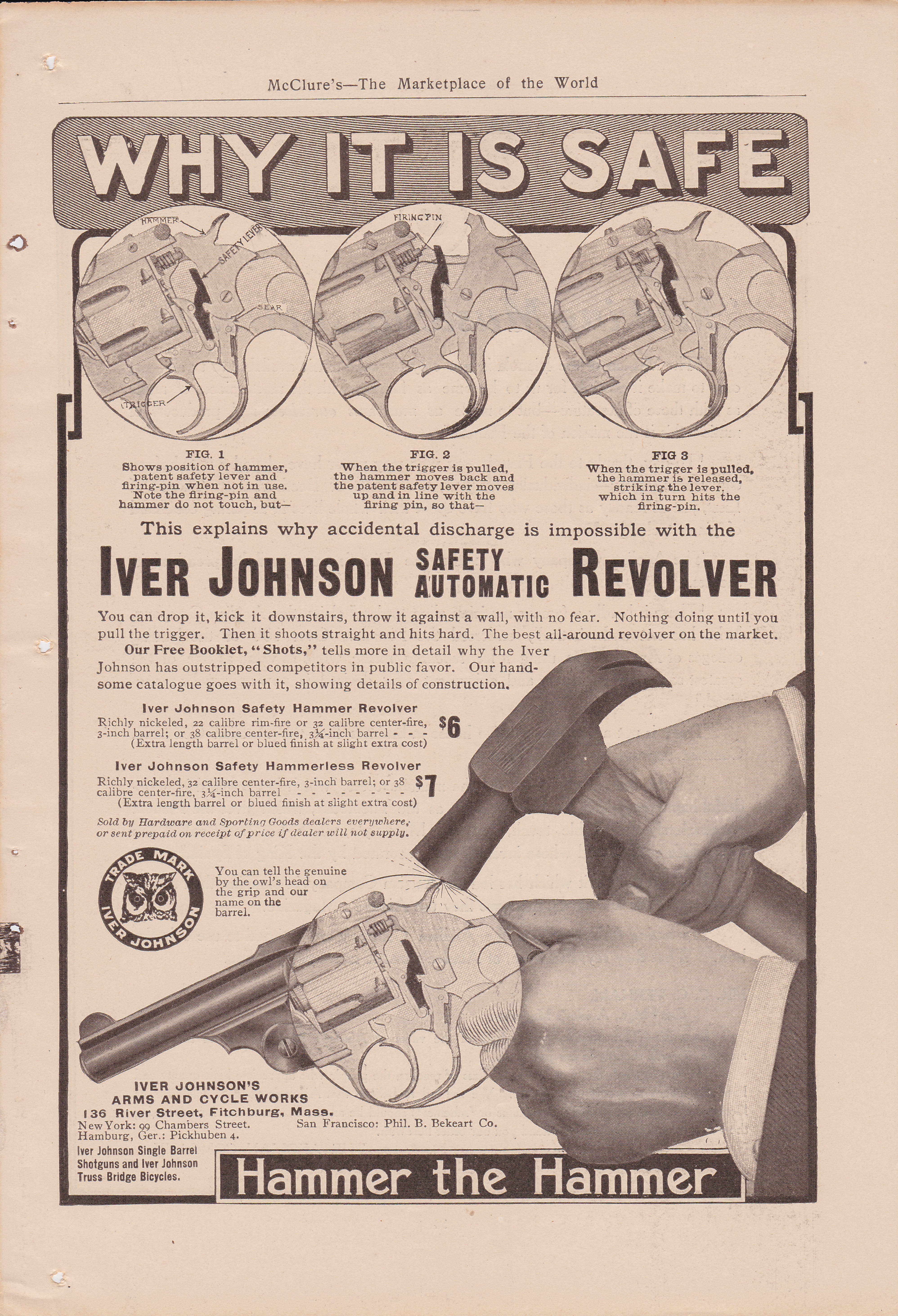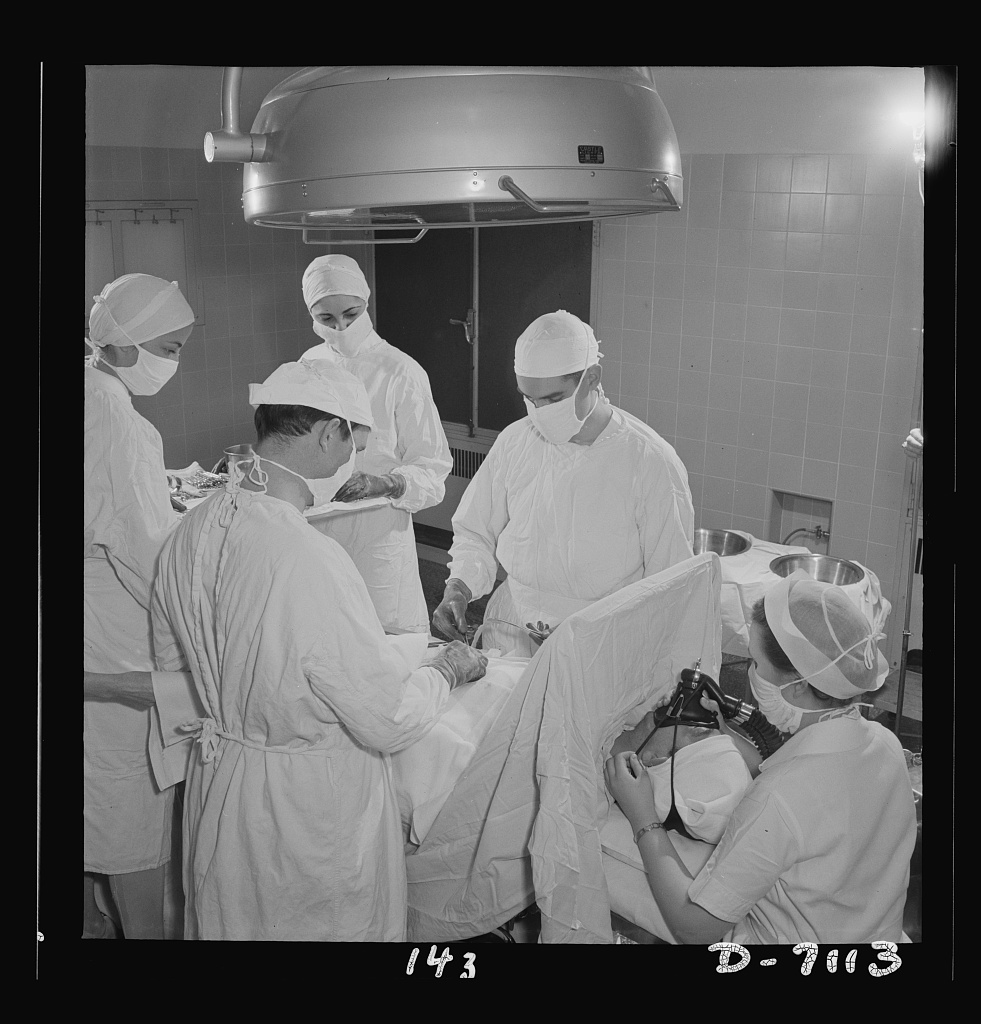|
Giuseppe Zangara
Giuseppe Zangara (September 7, 1900 – March 20, 1933) was an Italian immigrant and naturalized United States citizen who attempted to assassinate the President-elect of the United States, Franklin D. Roosevelt, on February 15, 1933, 17 days before Roosevelt's inauguration. During a night speech by Roosevelt in Miami, Florida, Zangara fired five shots with a handgun he had purchased a couple of days before. He missed his target and instead injured five bystanders and killed Anton Cermak, the Mayor of Chicago. Early life Zangara was born on September 7, 1900, in Ferruzzano, Calabria, Italy. After serving in the Tyrolean Alps in World War I, he did a variety of menial jobs in his home village before emigrating with his uncle to the United States in 1923. He settled in Paterson, New Jersey, and became a naturalized citizen of the United States in 1929. Health issues Zangara had little education and worked as a bricklayer. He suffered severe pain in his abdomen, which doc ... [...More Info...] [...Related Items...] OR: [Wikipedia] [Google] [Baidu] |
Ferruzzano
Ferruzzano is a ''comune'' (municipality) in the Province of Reggio Calabria in the Italian region of Calabria, located about southwest of Catanzaro and about east of Reggio Calabria. As of 31 December 2004, it had a population of 863 and an area of . Ferruzzano borders the following municipalities: Bianco, Bruzzano Zeffirio, Caraffa del Bianco, Sant'Agata del Bianco. It is the home town of Giuseppe Zangara, the man who tried to assassinate Franklin Delano Roosevelt. On October 23, 1907, a magnitude 5.9 earthquake struck Calabria, at a depth of 33.0 km. The epicentral area included Ferruzzano, where many houses collapsed almost completely, and 158 persons, or 8% of its population, were killed. Ferruzano had been hit as well in the 1905 Calabria earthquake.Calabria the Home of the Earthquake [...More Info...] [...Related Items...] OR: [Wikipedia] [Google] [Baidu] |
World War I
World War I (28 July 1914 11 November 1918), often abbreviated as WWI, was one of the deadliest global conflicts in history. Belligerents included much of Europe, the Russian Empire, the United States, and the Ottoman Empire, with fighting occurring throughout Europe, the Middle East, Africa, the Pacific, and parts of Asia. An estimated 9 million soldiers were killed in combat, plus another 23 million wounded, while 5 million civilians died as a result of military action, hunger, and disease. Millions more died in genocides within the Ottoman Empire and in the 1918 influenza pandemic, which was exacerbated by the movement of combatants during the war. Prior to 1914, the European great powers were divided between the Triple Entente (comprising France, Russia, and Britain) and the Triple Alliance (containing Germany, Austria-Hungary, and Italy). Tensions in the Balkans came to a head on 28 June 1914, following the assassination of Archduke Franz Ferdin ... [...More Info...] [...Related Items...] OR: [Wikipedia] [Google] [Baidu] |
Iver Johnson
Iver Johnson was an American firearms, bicycle, and motorcycle manufacturer from 1871 to 1993. The company shared the same name as its founder, Norwegian-born Iver Johnson (1841–1895). The name was resold, and Iver Johnson Arms opened in 2006, but since it does not manufacture parts or provide information relating to the pre-1993 company, it represents a continuation of it in name only. Iver Johnson Iver Johnson was born in 1841Massachusetts deaths, 1841-1915, Familysearch, https://familysearch.org/pal:/MM9.1.1/NW7D-6LF in Nordfjord, Sogn og Fjordane county, Norway.National Archives and Records Administration, 1872 October 30, ''Index to New England Naturalization Petitions, 1791-1906'', serial M1299, roll 79. He was educated as a gunsmith in Bergen in 1857, and had a gun store in Oslo. Johnson emigrated from Norway to Worcester, Massachusetts, United States in 1863, and continued his work as a gunsmith by trade and an inventor in his spare time. Seeking new and creative ... [...More Info...] [...Related Items...] OR: [Wikipedia] [Google] [Baidu] |
32 S&W
The .32 S&W cartridge (also known as the .32 S&W Short) was introduced in 1878 for Smith & Wesson pocket revolvers. It was originally designed as a black powder cartridge. The .32 S&W was offered to the public as a light defense cartridge for "card table" distances. Design Originally designed by the Union Metallic Cartridge Company (UMC) as a black powder cartridge using nine grains of black powder, the round has been loaded with smokeless powder exclusively since 1940. It is low-powered and perfect for use in small frame concealable revolvers and derringers. The round remained popular in the United States and Europe long after the firearms chambered for it were out of production. At one time, it was considered to be the bare minimum for a self-defense round and was judged unsuitable for police work. For defensive uses, the .32 S&W is grouped with other turn-of-the-century cartridges designed for use in "belly guns"—guns meant for use in point-blank defensive situations, such a ... [...More Info...] [...Related Items...] OR: [Wikipedia] [Google] [Baidu] |
Bayfront Park
Bayfront Park is a public, urban park in Downtown Miami, Florida on Biscayne Bay. The Chairman to the trust is Ary Shaeban. Located in the park is a bronze statue of Christopher Columbus sculpted by Count Vittorio di Colbertaldo of Verona, one of Benito Mussolini’s hand picked ceremonial bodyguards known as the “Black Musketeers.” History The park began construction in 1924 under the design plans of Warren Henry Manning and officially opened in March 1925. Beginning in 1980, it underwent a major redesign by Japanese-American modernist artist and landscape architect, Isamu Noguchi. Today, Bayfront Park is maintained by the Bayfront Park Management Trust, a limited agency of the city of Miami, Florida. Bayfront Park is bordered on the north by Bayside Marketplace and the FTX Arena, on the south by Chopin Plaza, on the west by Biscayne Boulevard and on the east by Biscayne Bay. Bayfront Park is host to many large events such as the New Year's ball drop, Christmas celebra ... [...More Info...] [...Related Items...] OR: [Wikipedia] [Google] [Baidu] |
Chicago Tribune
The ''Chicago Tribune'' is a daily newspaper based in Chicago, Illinois, United States, owned by Tribune Publishing. Founded in 1847, and formerly self-styled as the "World's Greatest Newspaper" (a slogan for which WGN radio and television are named), it remains the most-read daily newspaper in the Chicago metropolitan area and the Great Lakes region. It had the sixth-highest circulation for American newspapers in 2017. In the 1850s, under Joseph Medill, the ''Chicago Tribune'' became closely associated with the Illinois politician Abraham Lincoln, and the Republican Party's progressive wing. In the 20th century under Medill's grandson, Robert R. McCormick, it achieved a reputation as a crusading paper with a decidedly more American-conservative anti-New Deal outlook, and its writing reached other markets through family and corporate relationships at the ''New York Daily News'' and the ''Washington Times-Herald.'' The 1960s saw its corporate parent owner, Tribune Company, rea ... [...More Info...] [...Related Items...] OR: [Wikipedia] [Google] [Baidu] |
Gallbladder
In vertebrates, the gallbladder, also known as the cholecyst, is a small hollow organ where bile is stored and concentrated before it is released into the small intestine. In humans, the pear-shaped gallbladder lies beneath the liver, although the structure and position of the gallbladder can vary significantly among animal species. It receives and stores bile, produced by the liver, via the common hepatic duct, and releases it via the common bile duct into the duodenum, where the bile helps in the digestion of fats. The gallbladder can be affected by gallstones, formed by material that cannot be dissolved – usually cholesterol or bilirubin, a product of haemoglobin breakdown. These may cause significant pain, particularly in the upper-right corner of the abdomen, and are often treated with removal of the gallbladder (called a cholecystectomy). Cholecystitis, inflammation of the gallbladder, has a wide range of causes, including result from the impaction of gallstones, inf ... [...More Info...] [...Related Items...] OR: [Wikipedia] [Google] [Baidu] |
Adhesions
Adhesions are fibrous bands that form between tissues and organs, often as a result of injury during surgery. They may be thought of as internal scar tissue that connects tissues not normally connected. Pathophysiology Adhesions form as a natural part of the body's healing process after surgery in a similar way that a scar forms. The term "adhesion" is applied when the scar extends from within one tissue across to another, usually across a virtual space such as the peritoneal cavity. Adhesion formation post-surgery typically occurs when two injured surfaces are close to one another. According to the "classical paradigm" of adhesion formation, the pathogenesis starts with inflammation and activation of the coagulation system which causes fibrin deposits onto the damaged tissues. The fibrin then connects the two adjacent structures where damage of the tissues occurred. The fibrin acts like a glue to seal the injury and builds the fledgling adhesion, said at this point to be "fibrinou ... [...More Info...] [...Related Items...] OR: [Wikipedia] [Google] [Baidu] |
Autopsy
An autopsy (post-mortem examination, obduction, necropsy, or autopsia cadaverum) is a surgical procedure that consists of a thorough examination of a corpse by dissection to determine the cause, mode, and manner of death or to evaluate any disease or injury that may be present for research or educational purposes. (The term "necropsy" is generally reserved for non-human animals). Autopsies are usually performed by a specialized medical doctor called a pathologist. In most cases, a medical examiner or coroner can determine the cause of death. However, only a small portion of deaths require an autopsy to be performed, under certain circumstances. Purposes of performance Autopsies are performed for either legal or medical purposes. Autopsies can be performed when any of the following information is desired: * Determine if death was natural or unnatural * Injury source and extent on the corpse * Manner of death must be determined * Post mortem interval * Determining the deceas ... [...More Info...] [...Related Items...] OR: [Wikipedia] [Google] [Baidu] |
Appendectomy
An appendectomy, also termed appendicectomy, is a Surgery, surgical operation in which the vermiform appendix (a portion of the intestine) is removed. Appendectomy is normally performed as an urgent or emergency procedure to treat complicated acute appendicitis. Appendectomy may be performed Laparoscopic surgery, laparoscopically (as minimally invasive surgery) or as an open operation. Over the 2010s, surgical practice has increasingly moved towards routinely offering laparoscopic appendicectomy; for example in the United Kingdom over 95% of adult appendicectomies are planned as laparoscopic procedures. Laparoscopy is often used if the diagnosis is in doubt, or in order to leave a less visible surgical scar. Recovery may be slightly faster after laparoscopic surgery, although the laparoscopic procedure itself is more expensive and resource-intensive than open surgery and generally takes longer. Advanced pelvic sepsis occasionally requires a lower midline laparotomy. Complicated ( ... [...More Info...] [...Related Items...] OR: [Wikipedia] [Google] [Baidu] |
Abdomen
The abdomen (colloquially called the belly, tummy, midriff, tucky or stomach) is the part of the body between the thorax (chest) and pelvis, in humans and in other vertebrates. The abdomen is the front part of the abdominal segment of the torso. The area occupied by the abdomen is called the abdominal cavity. In arthropods it is the posterior (anatomy), posterior tagma (biology), tagma of the body; it follows the thorax or cephalothorax. In humans, the abdomen stretches from the thorax at the thoracic diaphragm to the pelvis at the pelvic brim. The pelvic brim stretches from the lumbosacral joint (the intervertebral disc between Lumbar vertebrae, L5 and Vertebra#Sacrum, S1) to the pubic symphysis and is the edge of the pelvic inlet. The space above this inlet and under the thoracic diaphragm is termed the abdominal cavity. The boundary of the abdominal cavity is the abdominal wall in the front and the peritoneal surface at the rear. In vertebrates, the abdomen is a large body c ... [...More Info...] [...Related Items...] OR: [Wikipedia] [Google] [Baidu] |







